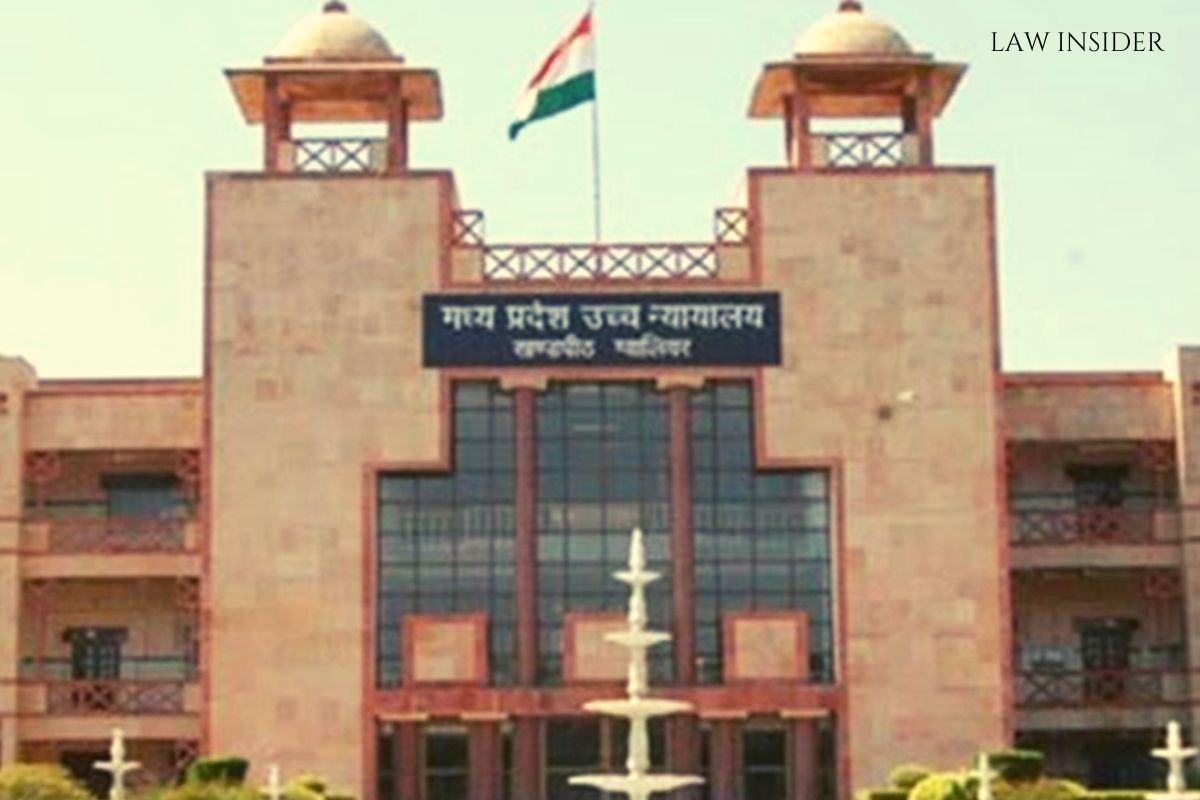Savvy Thakur
Published on: 16 November 2022 at 20:59 IST
The Madhya Pradesh High Court recently reiterated that a single eyewitness’ testimony can be used to convict if it is of high quality.
The Division Bench, which included Justices Sujoy Paul and Prakash Chandra Gupta, made the following observation:
“We find it easy to accept the legal principle that in light of Section 134 of the Indian Evidence Act, the statement of a single eye witness can form basis for conviction.
“In principle, there is no reason to disregard this Government counsel contention. However, the entire legal process pertaining to this point demonstrates that such a single witness must be of high quality. It is not safe to record or verify a conviction based on such a statement if eyebrows can be raised on such statement.”
The Appellant was accused of murdering a woman, and he was found guilty of it. The Complainant’s testimony and his statement in accordance with Section 27 of the Evidence Act served as the primary foundation for his conviction.
The only witness in the case was the complainant, who was the deceased’s sister. The appellant chose to file an appeal with the court because he was hurt by his conviction under Section 302 of the Indian Penal Code.
According to the Appellant, contradictions marred the testimony of the case’s sole eyewitness.
It was also pointed out that the prosecution’s story was not supported by the statements of several other witnesses. In addition to questioning the veracity of his statement in accordance with Section 27 of the Evidence Act, the appellant argued that the evidence found against him was unlawful because there was no evidence to indicate that he was in the custody of the police at the time of discovery.
The State, on the other hand, argued that the eyewitness’s testimony was trustworthy and consistent with the prosecution’s narrative. Additionally, it was argued that the Appellant’s statement in accordance with Section 27 of the Evidence Act was flawless.
The High Court agreed with the Appellant’s arguments after looking at the parties’ arguments and the trial court record.
The Court observed that the Complainant’s testimony did not inspire confidence after reviewing it.
The Court further concluded that her statement was not sufficient to support the appellant’s conviction due to the fact that she was the only witness in the case. The appellant’s statement was then the focus of the court’s attention under Section 27 of the Evidence Act.
It noted that the prosecution had utterly failed to demonstrate that the appellant was in custody at the time of the discovery of incriminating material. Because the prosecution has miserable failed to establish that the appellant was in custody at the time of recovery of ‘gamchha,’
The recovery cannot be said to be in accordance with Section 27 of the Indian Evidence Act, the Court noted that it could not give its stamp of approval to the conviction of the accused based on defective recovery.
Kavita, the sole witness (PW-1) did not testify that the appellant was wearing any “gamchha” when he came out of her house, at the expense of repetition. The presence of blood stains on “gamchha” is insignificant given that its recovery is unproven.
It is interesting that even the location of the appellant’s arrest is highly improbable. While Kavita (PW-1) and S.S. Rajput, Sub Inspector (PW-5) deposed that ASI Tiwari arrested the appellant from Sagar, the arrest memo indicates that the appellant was arrested from Amarwara.
The Court deemed it appropriate to give the appellant the benefit of the doubt and acquit him based on the aforementioned observations.
As a result, his appeal was granted and his conviction was overturned.

